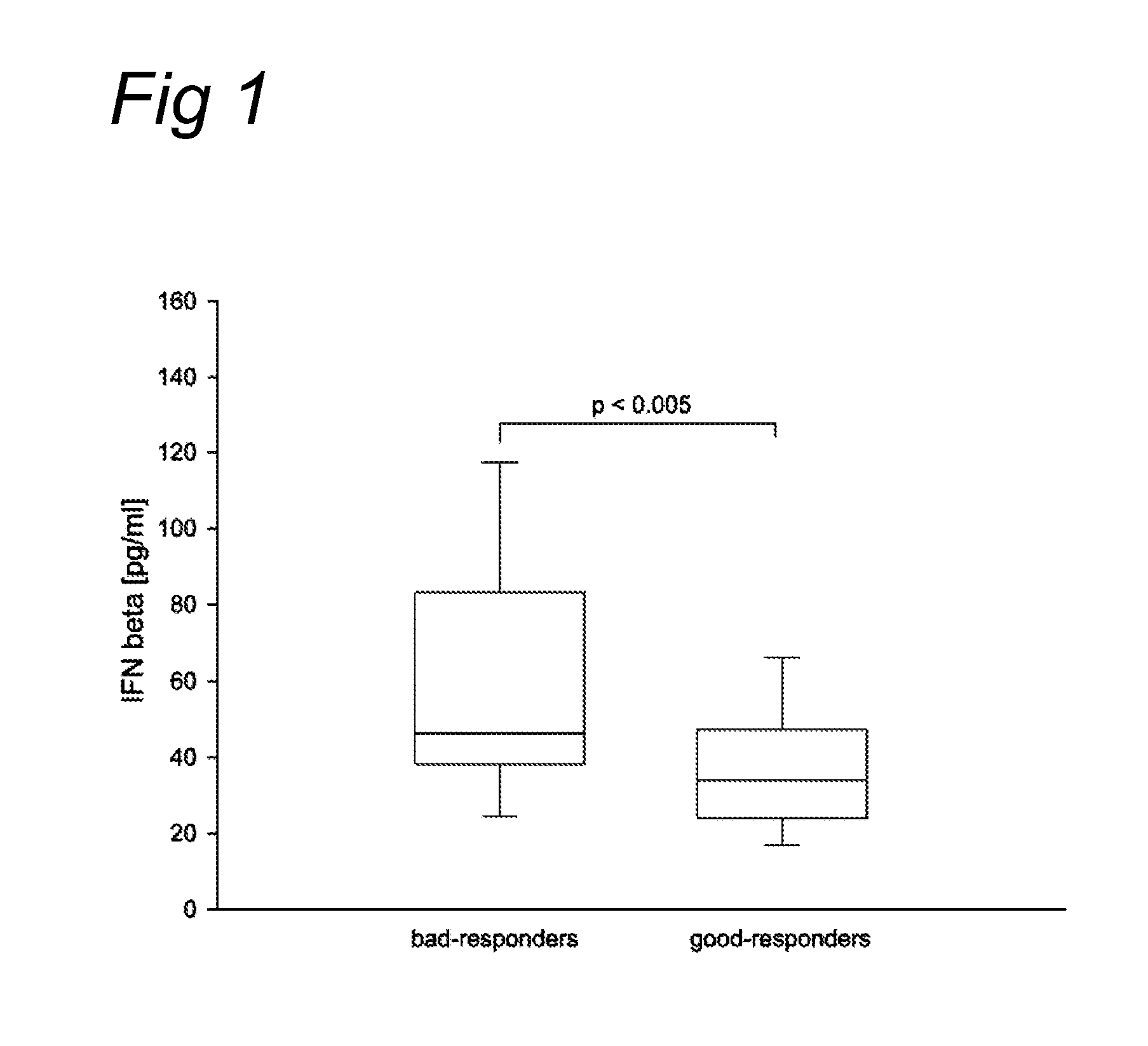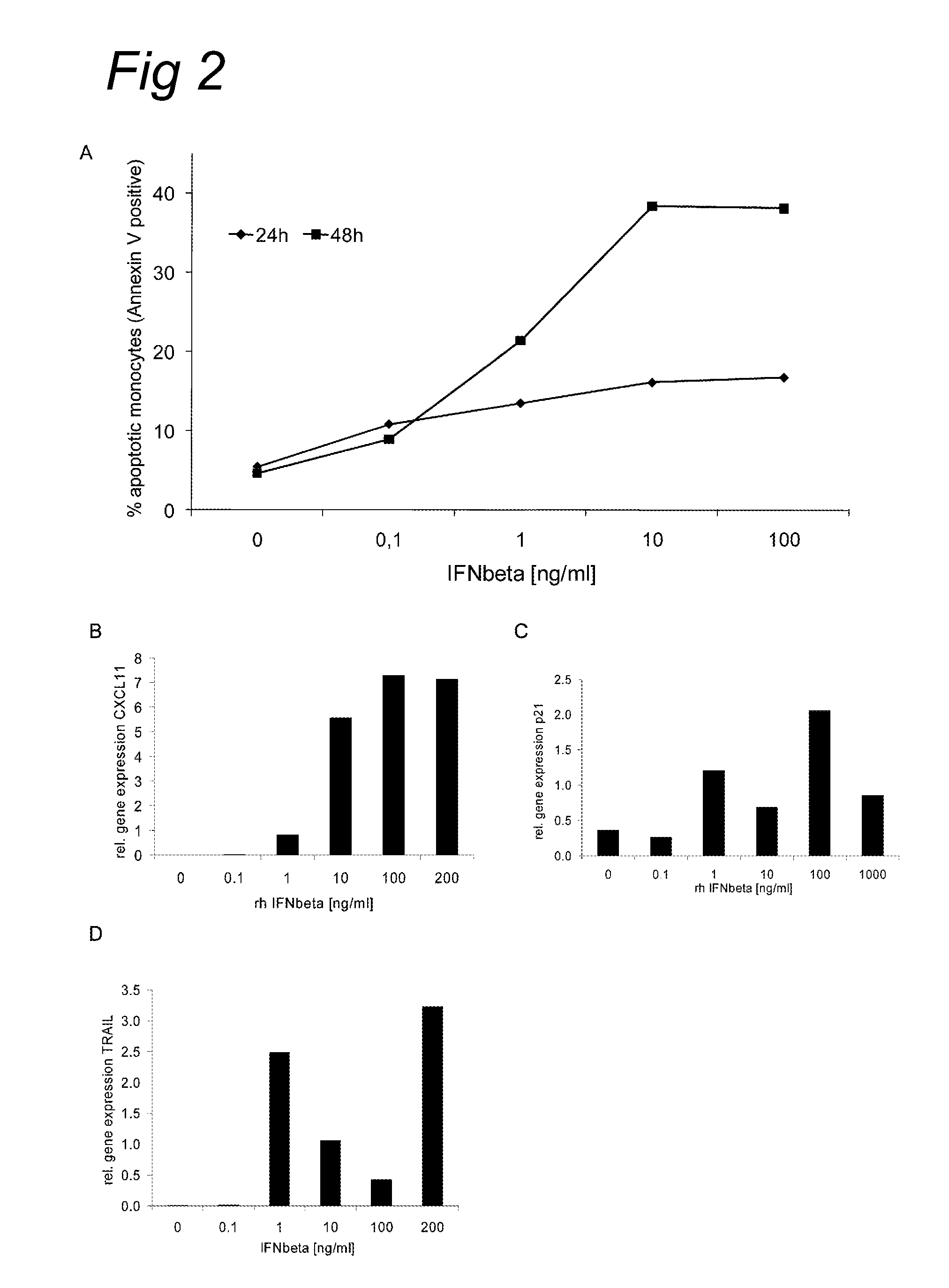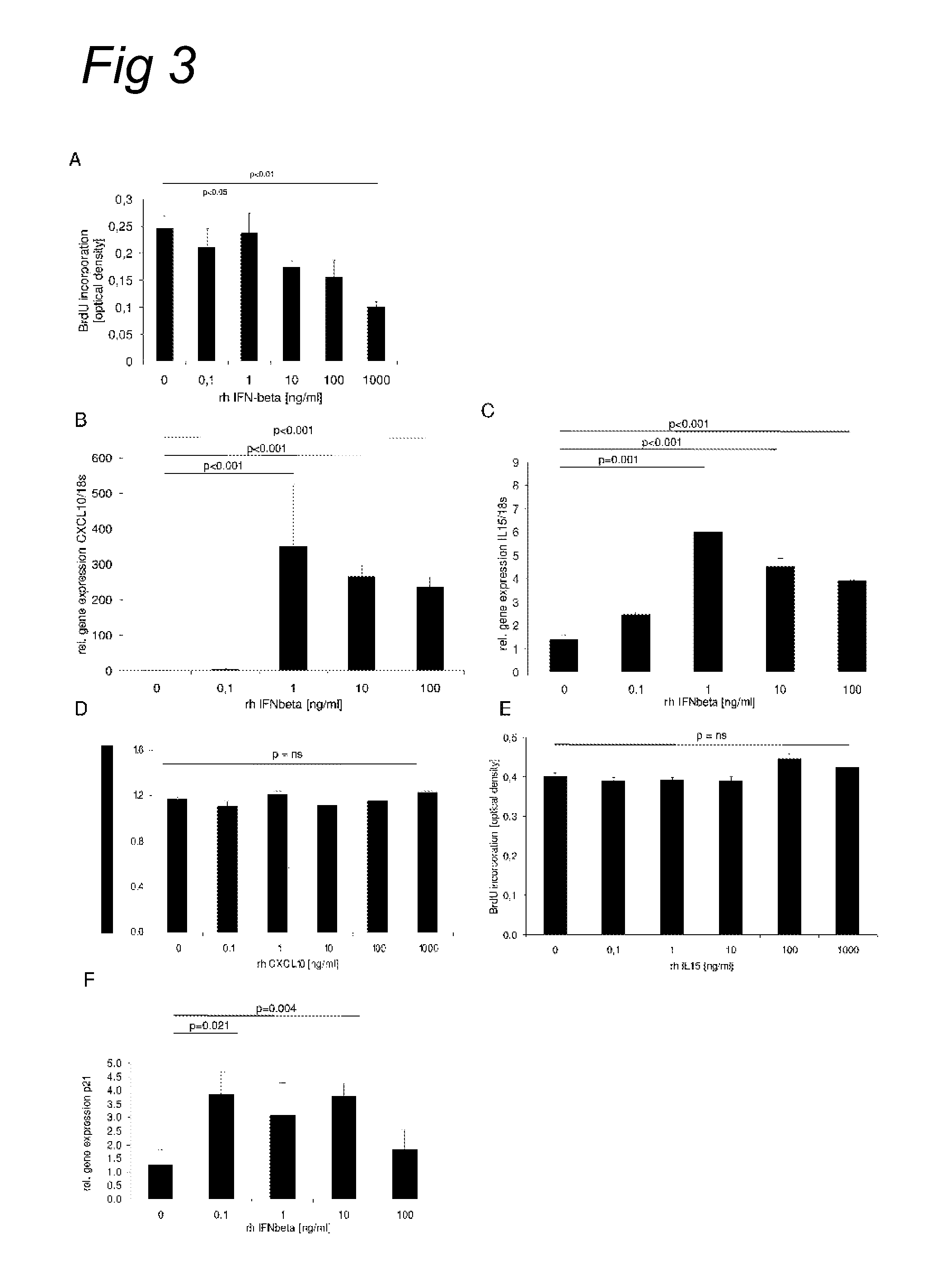Pathways involved in arteriogenesis and uses thereof
a pathway and arteriogenesis technology, applied in the field of nucleic acids and polypeptides encoded, can solve the problems of lack of knowledge of arteriogenesis in patients, no large randomized clinical trial demonstrated beneficial effects in patientssup>3-6,
- Summary
- Abstract
- Description
- Claims
- Application Information
AI Technical Summary
Benefits of technology
Problems solved by technology
Method used
Image
Examples
example 1
Methods
Patient Selection
[0131]This study was approved by the institutional medical ethics committee. Between April and December 2006, 45 Caucasian patients scheduled for elective percutaneous coronary intervention (PCI) for stable coronary artery disease were included after giving informed consent. Patients were considered eligible if they had single vessel coronary artery disease (diameter stenosis≧70%) and symptoms of angina pectoris for ≧4 weeks. Exclusion criteria were: multi-vessel disease, previous myocardial infarction, previous cardiac surgery or PCI, depressed left ventricular function, diabetes mellitus, neoplastic disease and signs of acute or chronic inflammatory illness.
Collateral Flow Index (CFI)
[0132]Patients underwent coronary angiography following intra-coronary injection of 0.1 mg nitroglycerine. Quantitative coronary angiography (Medis, Leiden, The Netherlands) was performed to determine the percentage stenosis using perpendicular images. Collateral flow to the re...
example 2
Background
[0174]A large heterogeneity exists in the arteriogenic response upon arterial occlusion in man. In a patient study we compared circulating cell gene expression profiles from patients with sufficiently versus insufficiently developed coronary collateral arteries (see Example 1 herein). We found interferon-beta and a number of downstream interferon-regulated targets to be upregulated in monocytes from patients with insufficient collateral arteries. We now demonstrate that interference with of the interferon-pathway in an experimental in-vivo study modulates arteriogenesis and support the findings of our patient study.
Methods
[0175]Twenty-four 129SvEv (background) mice and twelve IFNAR1 / 2− / − (interferon alpha / beta-receptor knockout) mice were subjected to unilateral femoral artery ligation. Twelve background mice were treated with daily subcutaneous injections of 1×105 IU / kg interferon-beta. Seven days after femoral artery ligation, all mice underwent cannulation of the abdomi...
example 3
[0178]In this study we aimed to analyze the mechanistic effects of IFNbeta treatment on inhibition of arteriogenesis and tested if we could stimulate collateral artery growth by inhibition of IFNbeta signaling.
Methods
In-Vitro Analysis of Monocyte Apoptosis and Gene Expression Upon IFNbeta Treatment
[0179]Increasing concentrations of rhIFNbeta were added to THP-1 monocytes (ATCC) cultured in standard medium (RPMI 1640, Gibco, Invitrogen, Breda, The Netherlands). Apoptosis was measured after 24 and 48 hours by staining with Annexin V antibodies (Invitrogen, Breda, The Netherlands) and detecting the percentage of Annexin V-positive cells using flow cytometry. Also, THP-1 monocytes were cultured, and stimulated with rhIFNbeta for gene expression analysis. Cells were lysed using RNA lysis buffer (Stratagene, La Jolla, Calif.), total RNA was isolated using spin column RNA isolation (Stratagene), and reverse-transcribed into cDNA. Real-time RT-PCR was performed for P0 (forward 5′-tgcacaatgg...
PUM
| Property | Measurement | Unit |
|---|---|---|
| volume | aaaaa | aaaaa |
| pH | aaaaa | aaaaa |
| pH | aaaaa | aaaaa |
Abstract
Description
Claims
Application Information
 Login to View More
Login to View More - R&D
- Intellectual Property
- Life Sciences
- Materials
- Tech Scout
- Unparalleled Data Quality
- Higher Quality Content
- 60% Fewer Hallucinations
Browse by: Latest US Patents, China's latest patents, Technical Efficacy Thesaurus, Application Domain, Technology Topic, Popular Technical Reports.
© 2025 PatSnap. All rights reserved.Legal|Privacy policy|Modern Slavery Act Transparency Statement|Sitemap|About US| Contact US: help@patsnap.com



